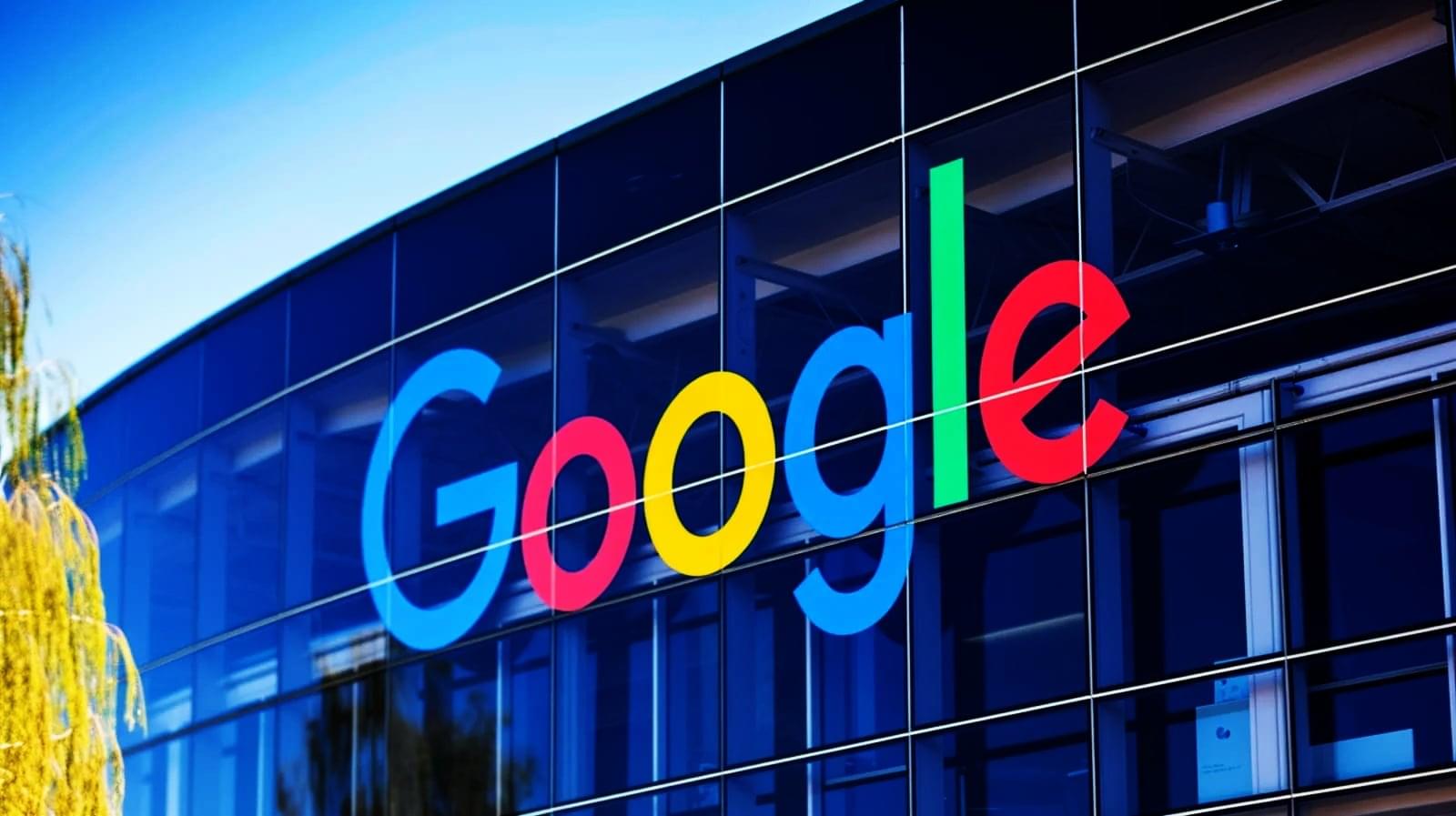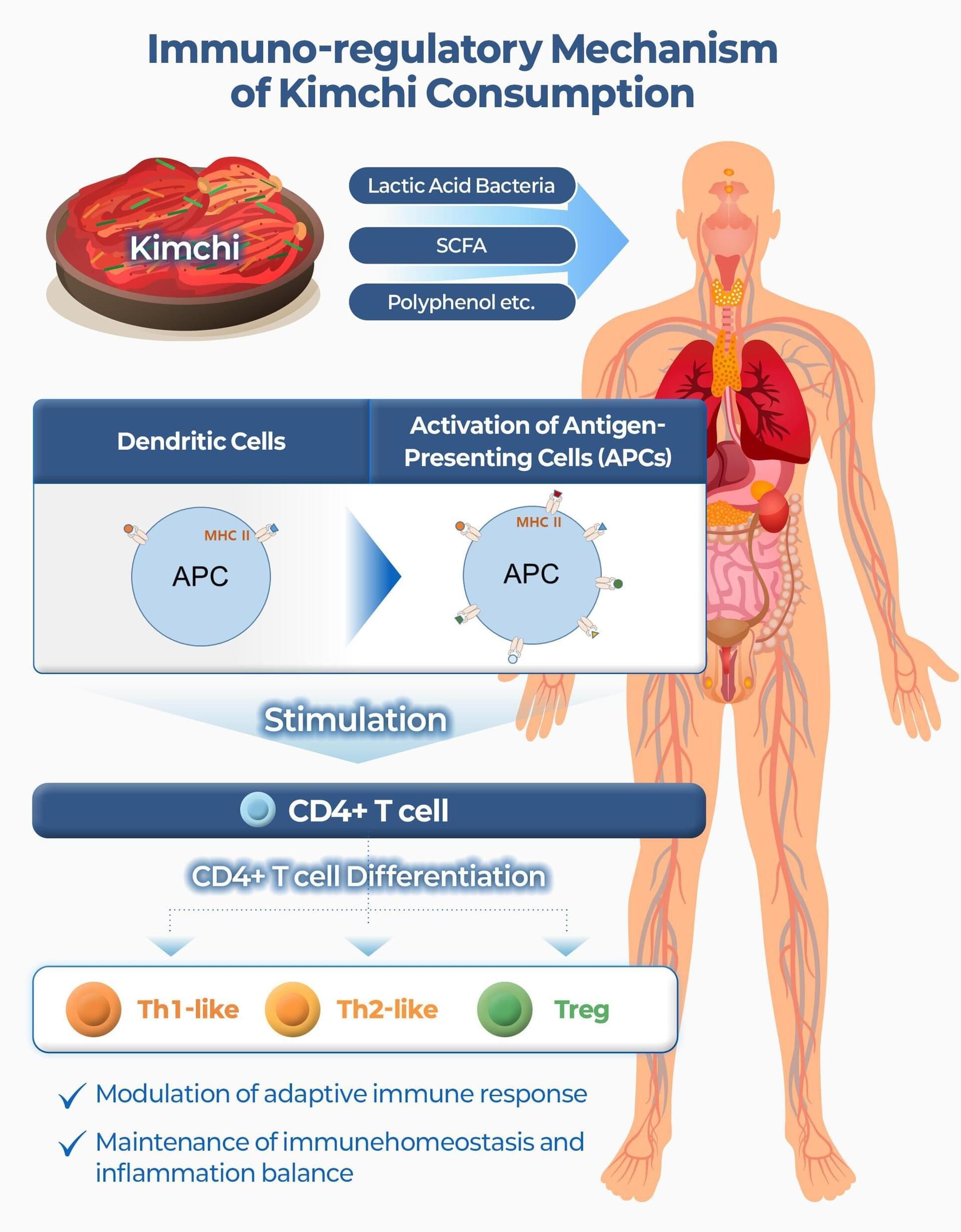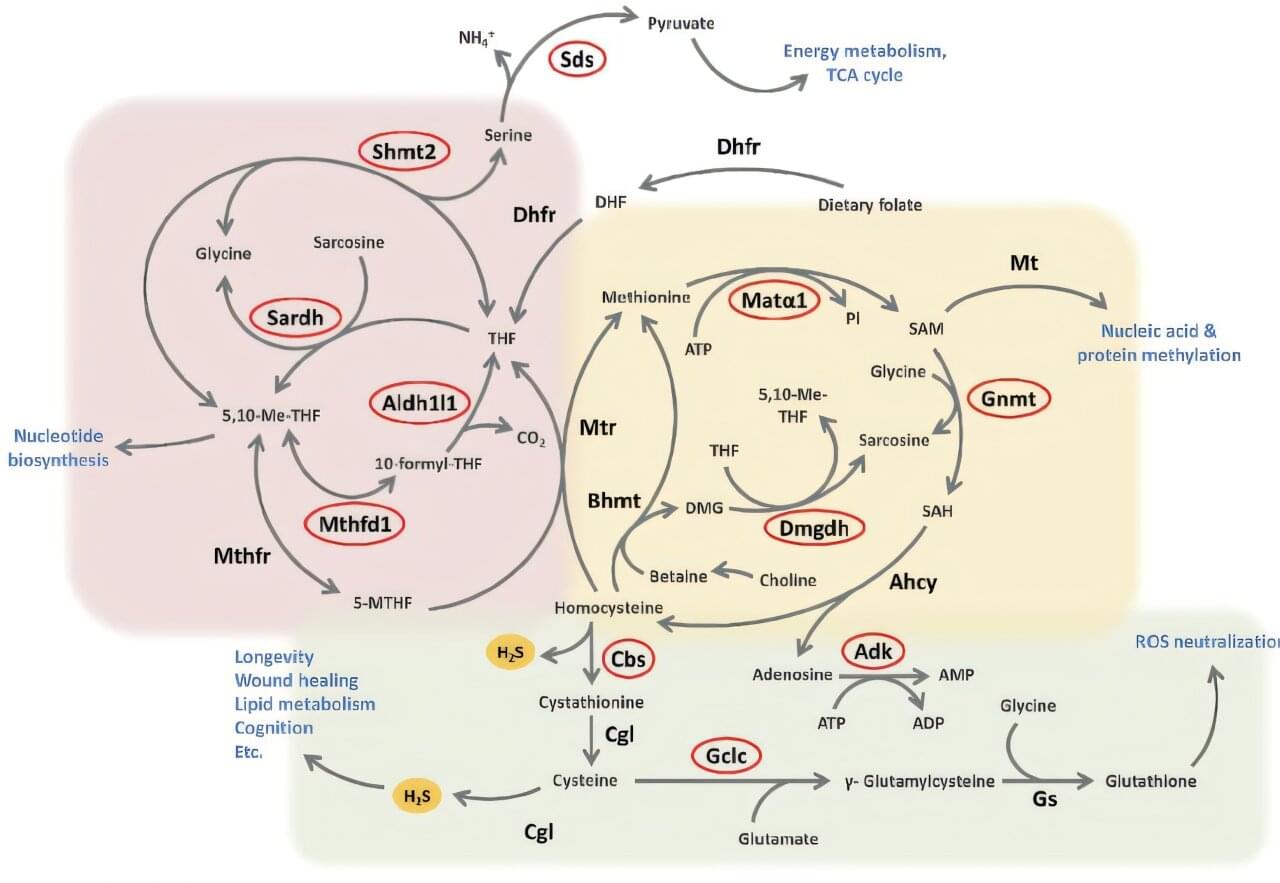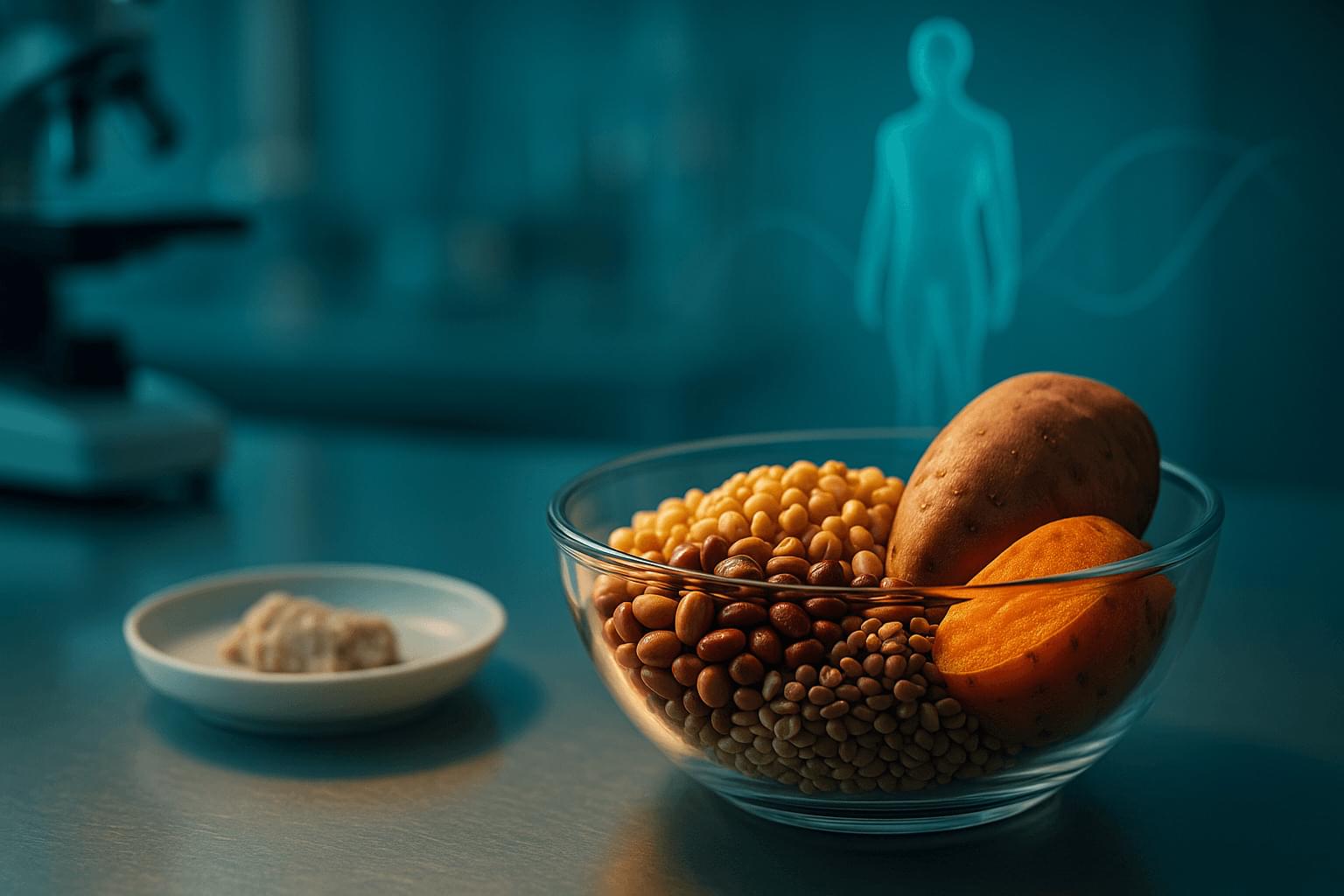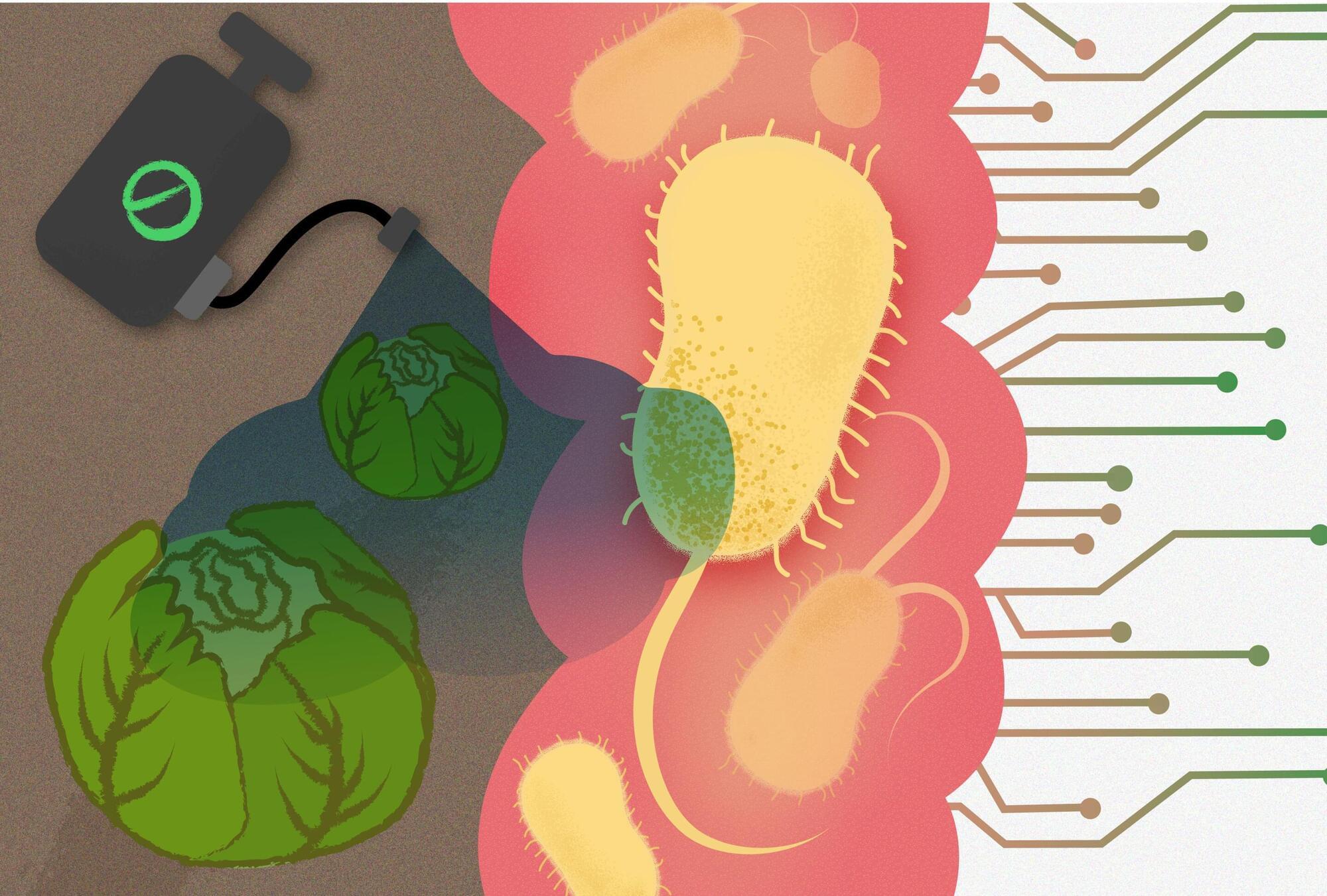A Johns Hopkins Medicine study involving a dozen people with the inflammatory skin disease hidradenitis suppurativa (HS), which mostly affects skin folds, is believed to be the first to provide evidence that hormone-disrupting chemicals commonly found in ultra-processed food and single-use water bottles may contribute to the development of or worsen the condition in some people.
The new findings about the disorder build on previous reports about the role of endocrine-disrupting chemicals, a common environmental contaminant known to mimic, block or alter the body’s hormones, in human health. Researchers believe their findings suggest that reducing exposure could ease HS symptom severity and provide a new avenue of relief for a disease with limited FDA-approved treatment options that include biologic therapy and surgery.
The full report on the study was published in Nature Communications on Nov. 28 and includes insights into the molecular mechanisms that are involved in the disease.

